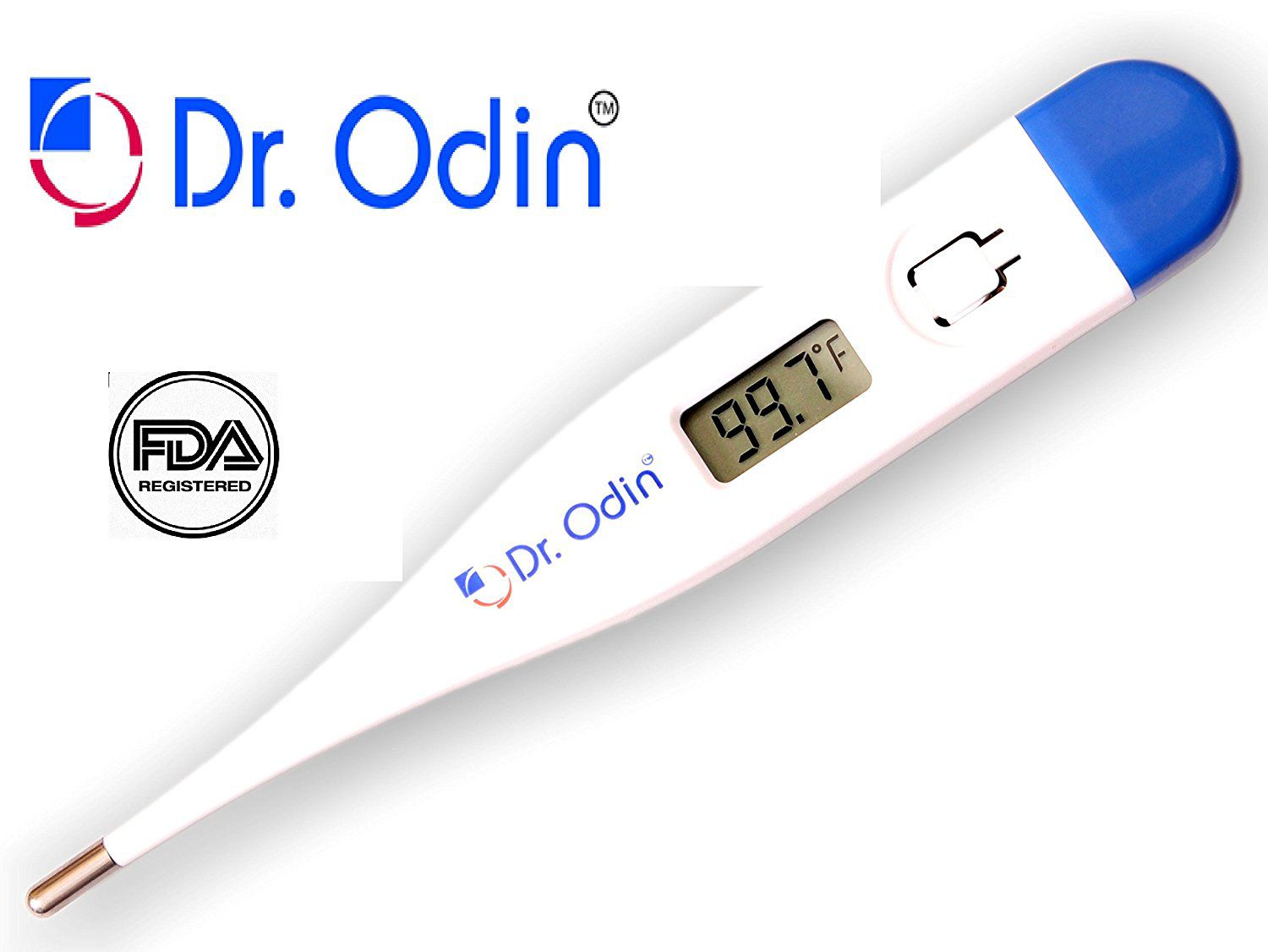THE HISTORY OF THERMOMETER TO THE CURRENT.
THE HISTORY OF THERMOMETER TO THE CURRENT.
Temperature is the second most ordinarily bit of information estimated after time. It's in this manner no big surprise that the historical backdrop of temperature estimation goes far back in time. It was at that point known in the second century CE that air grows with warmth and agreements again with cold. This disclosure helped Greek designer Philo of Byzantium to build up the primary air thermometer. This, in any case, was extremely uncertain because it worked all the more near an indicator and was subject to pneumatic force.
It was distinctly in 1592 that celebrated Italian researcher Galileo Galilei concocted the primary usable thermometer, where the temperature was determined dependent on a segment of water that changed its level contingent upon the temperature. The thermometer just truly started to be valuable with the innovation of a temperature scale in which two fixed focuses were characterized – one for low and one for high temperatures. The 35 scales being used in the eighteenth century were not uniform. It was uniquely with the scale created by Daniel Gabriel Fahrenheit that a uniform standard was accomplished, the Fahrenheit scale despite everything used right up 'til the present time in the United States. Fahrenheit sets three fixed focuses, the point of solidification of a saline arrangement (0°F), the point of solidification of water (32°F) and human internal heat level (96°F). Before long the water in thermometers was supplanted with mercury, since they had a similar extension and constriction properties. Swedish stargazer Anders Celsius (1742) built up a temperature scale with just two fixed focuses: the freezing and breaking points of water. Yet, it was initially turned around, with 0° being the breaking point. It was just his understudy Carl von Linné who reversed the scale as we use it today.
DIGITAL THERMOMETER.
Thermometers essentially consistently have two parts: a temperature sensor and a showcase scale. There are two fundamental sorts of sensors, the contact thermometer and non-contact thermometer. A medicinal thermometer was grown at an opportune time, however at 50 cm long, it was not exactly handy. It was uniquely in 1867 that a thermometer was made with a usable size of 15 cm. Our flow clinical thermometers are for the most part computerized and furnished with electric resistors. Late years have seen the improvement of non-contact infrared thermometers for taking temperatures in the patient's ear.
HOW DIGITAL THERMOMETER WAS INVENTED.
Another case of home thermometer use are the bimetallic thermometers for saunas, for example, those made by Lufft. These associate two unique metals together. As the temperature rises, they grow suddenly, delivers a curvature which is then estimated against the comparing scale. In the mechanical part, where high temperatures should regularly be estimated, these thermometers arrive at their breaking points. Opposition thermometers, including Lufft's outside sensors of the handheld gadgets have noteworthy higher temperature goes precisely. Platinum is the valuable metal utilized in these gadgets. Through nonstop research, progressively precise and increasingly helpful strategies and estimation apparatuses are being created to address the issues of medication, industry and regular use. The historical backdrop of temperature estimation keeps on advancing and we anticipate an energizing future.



No comments